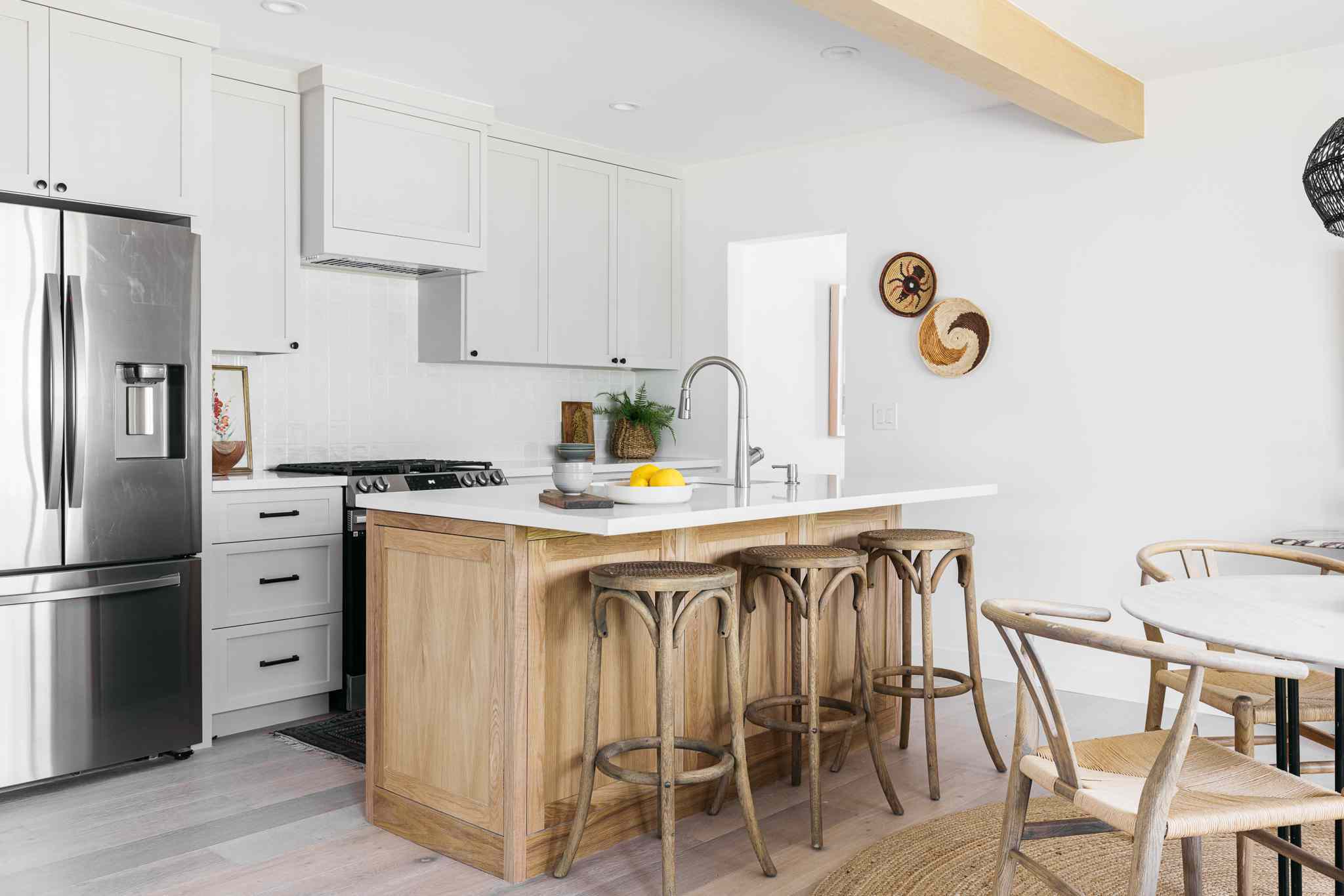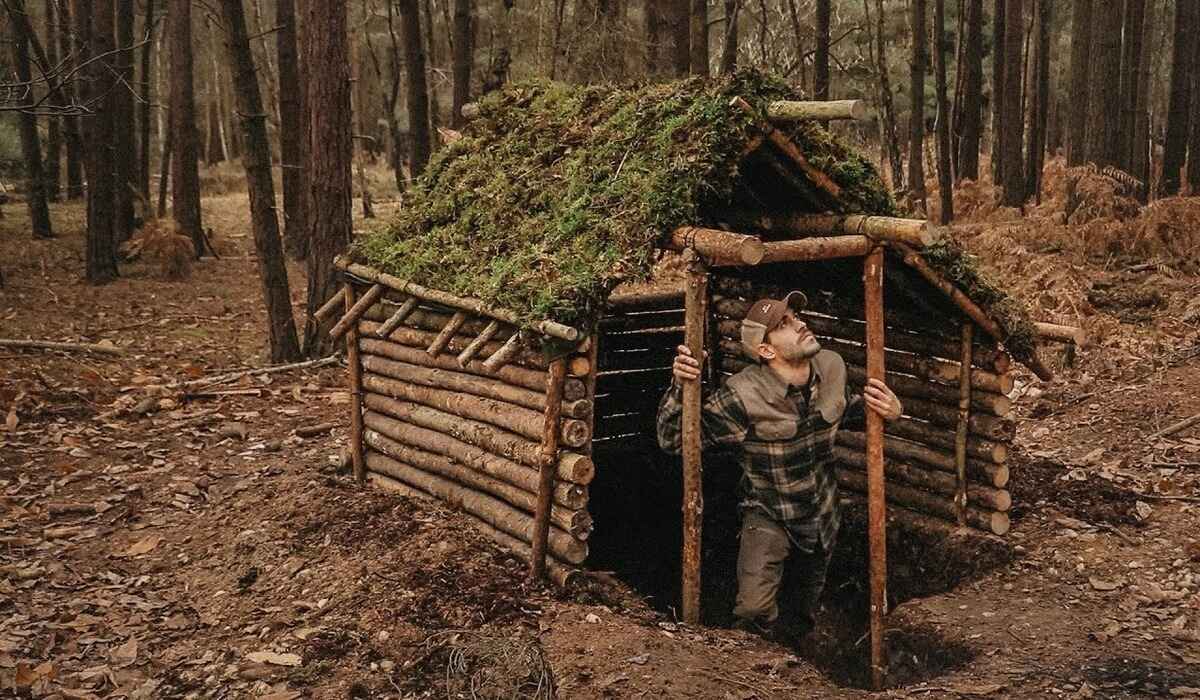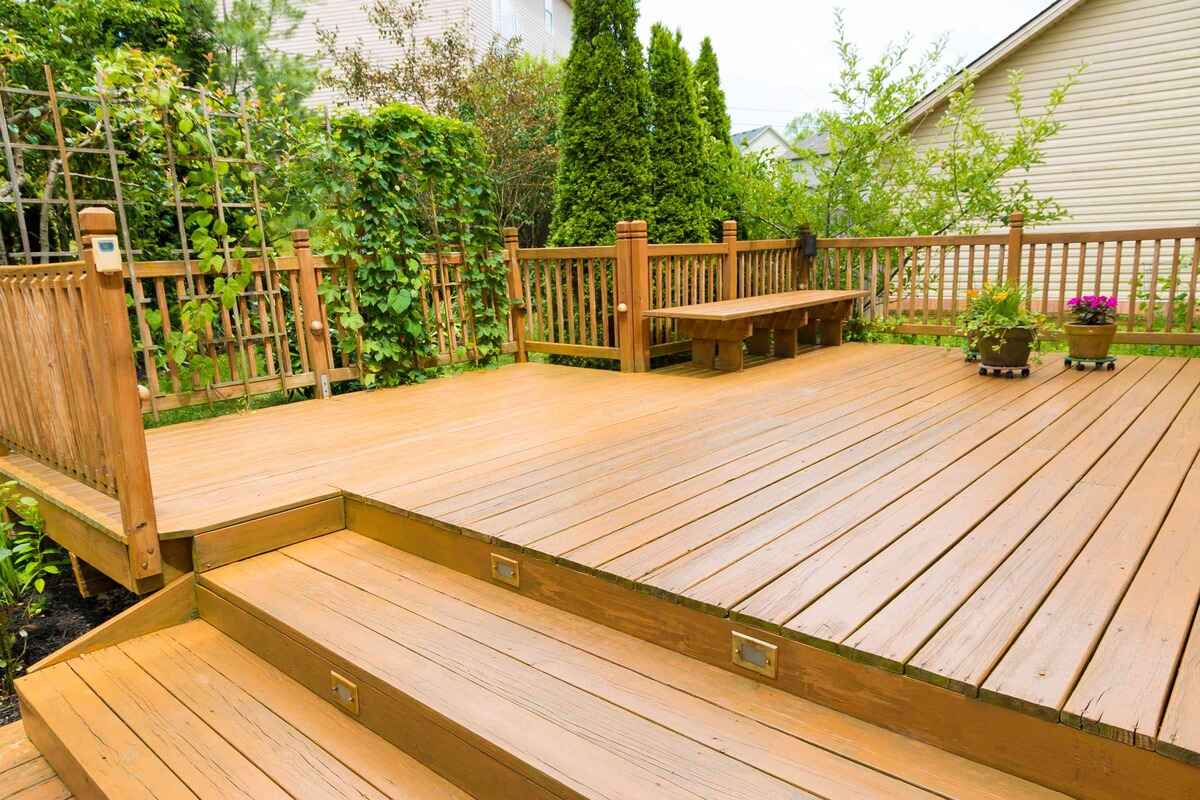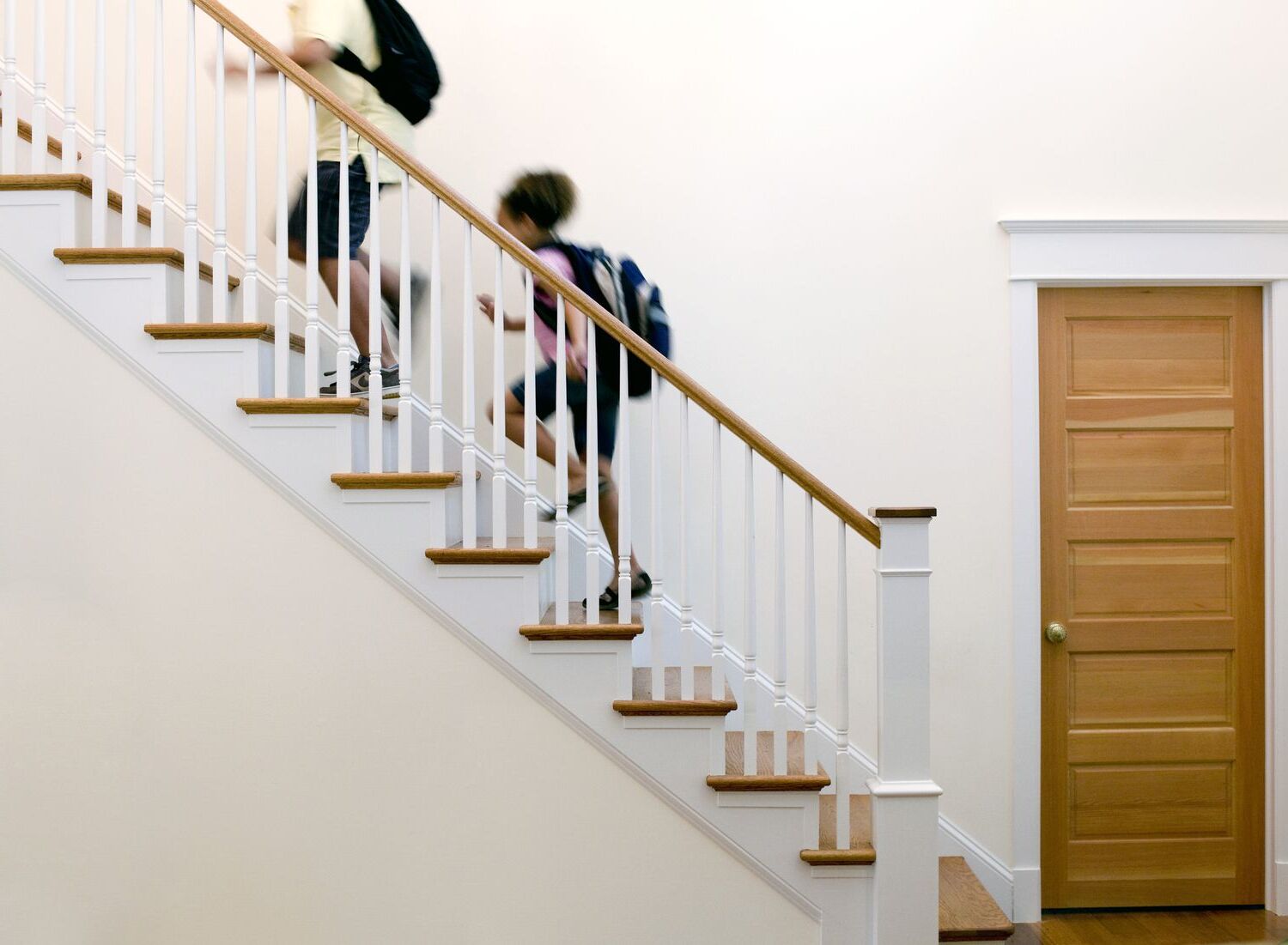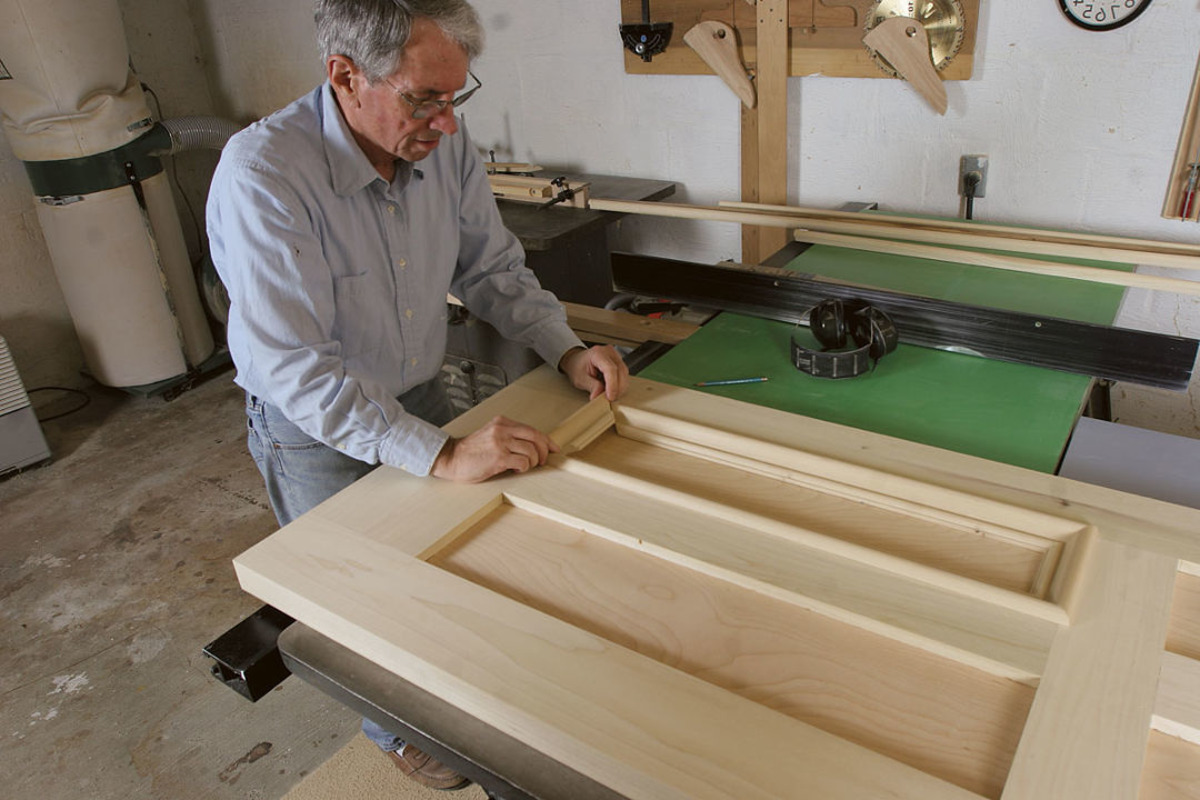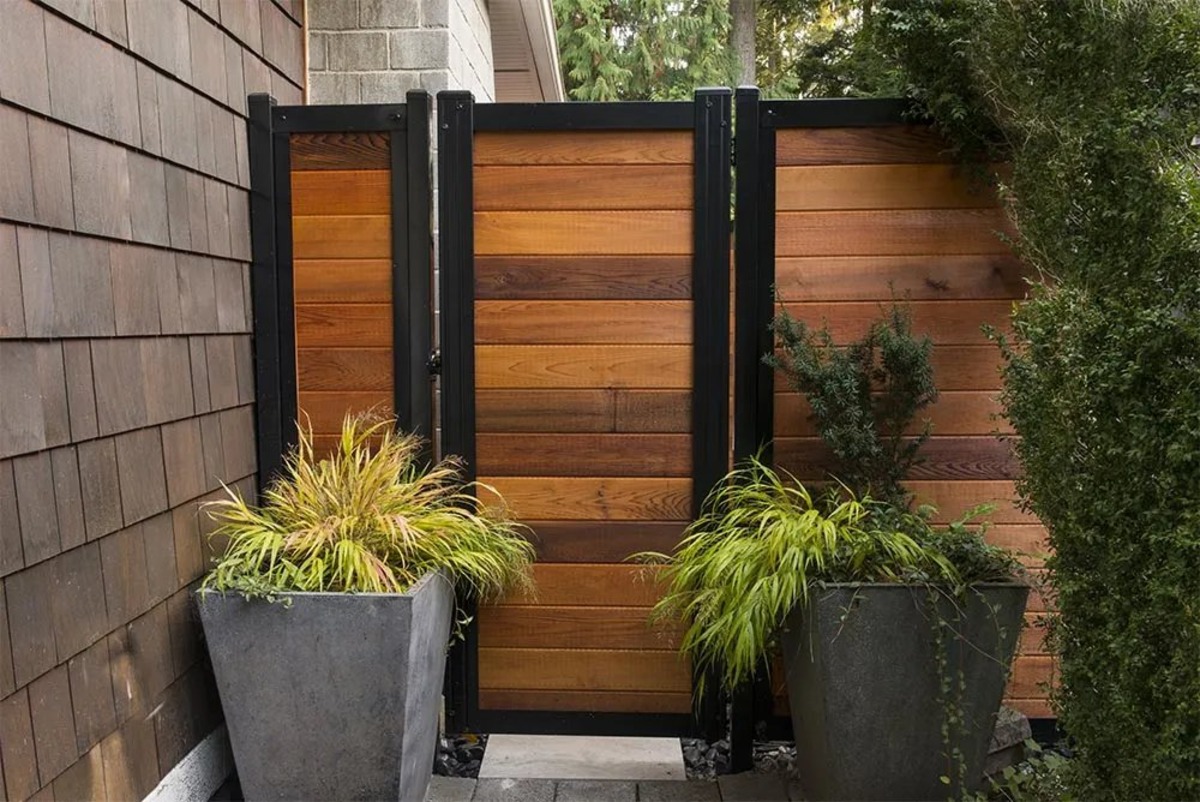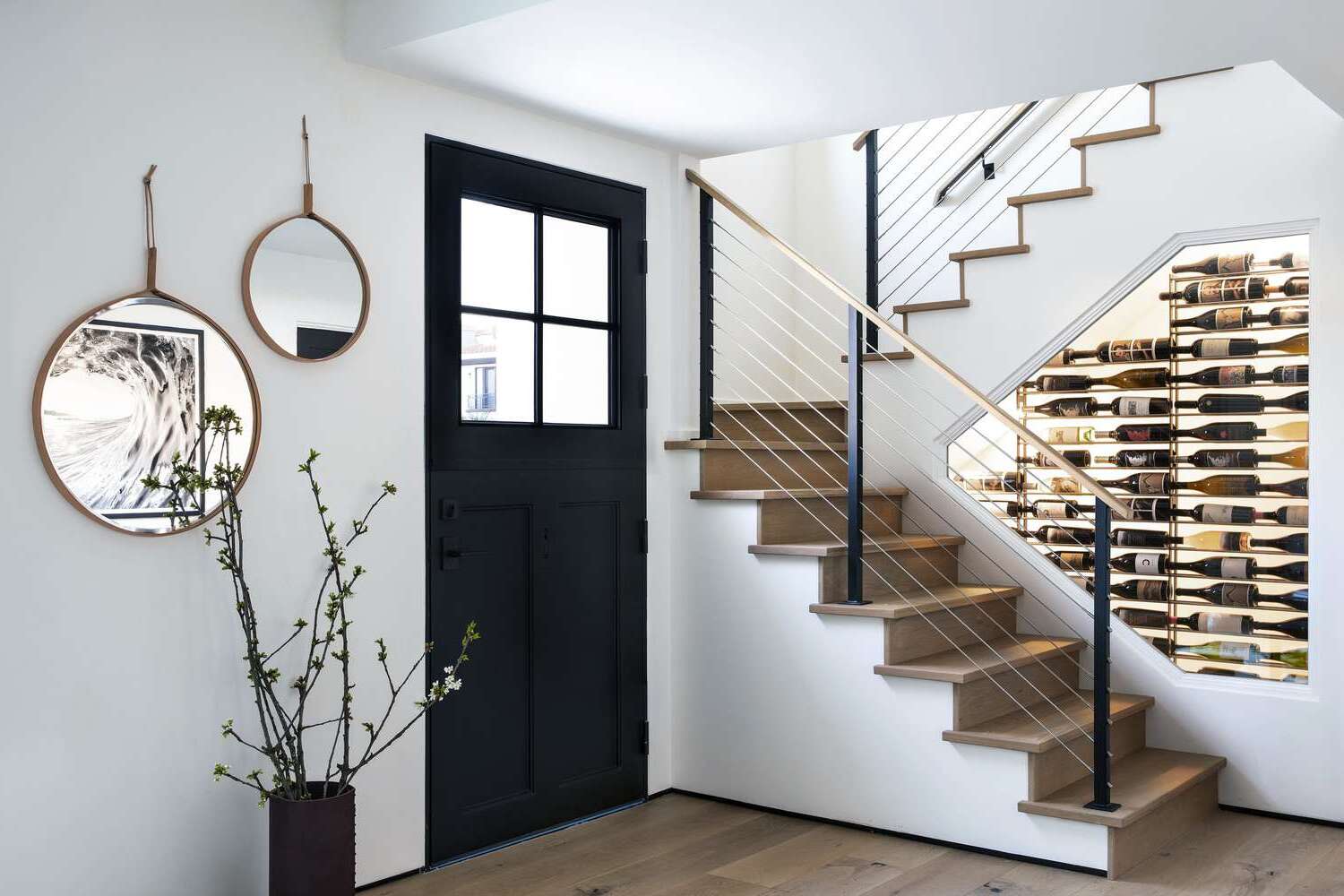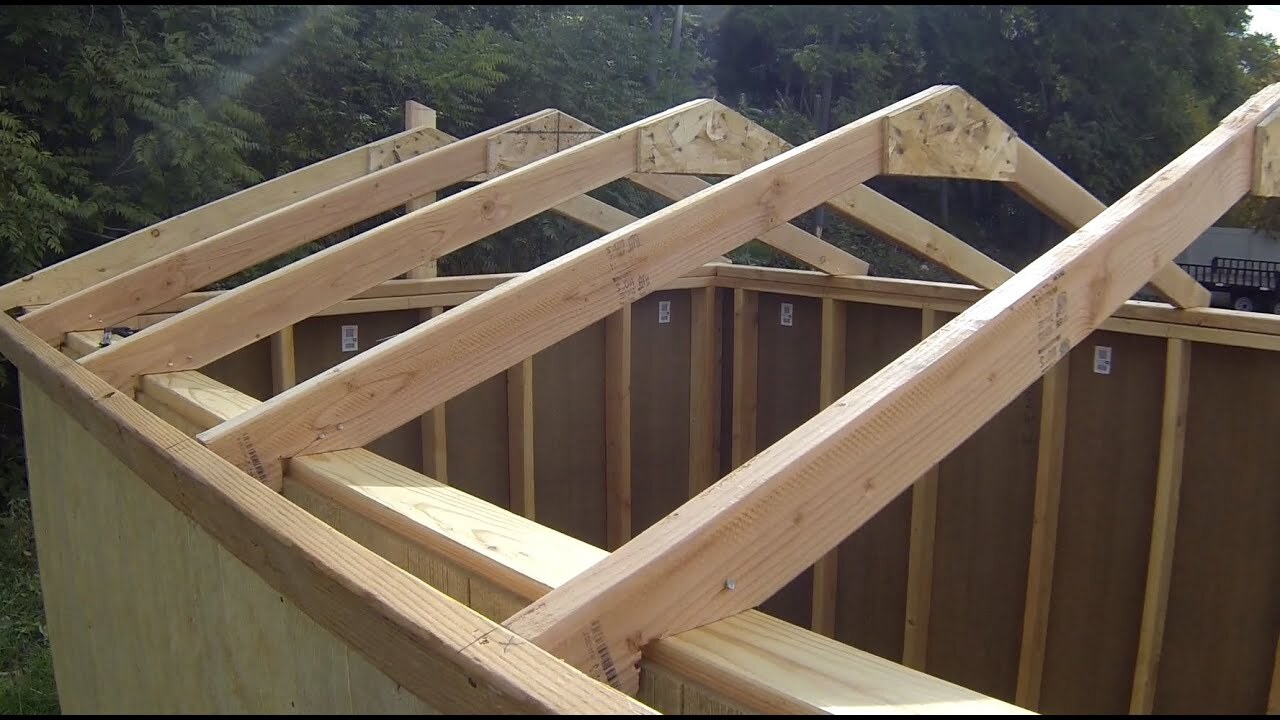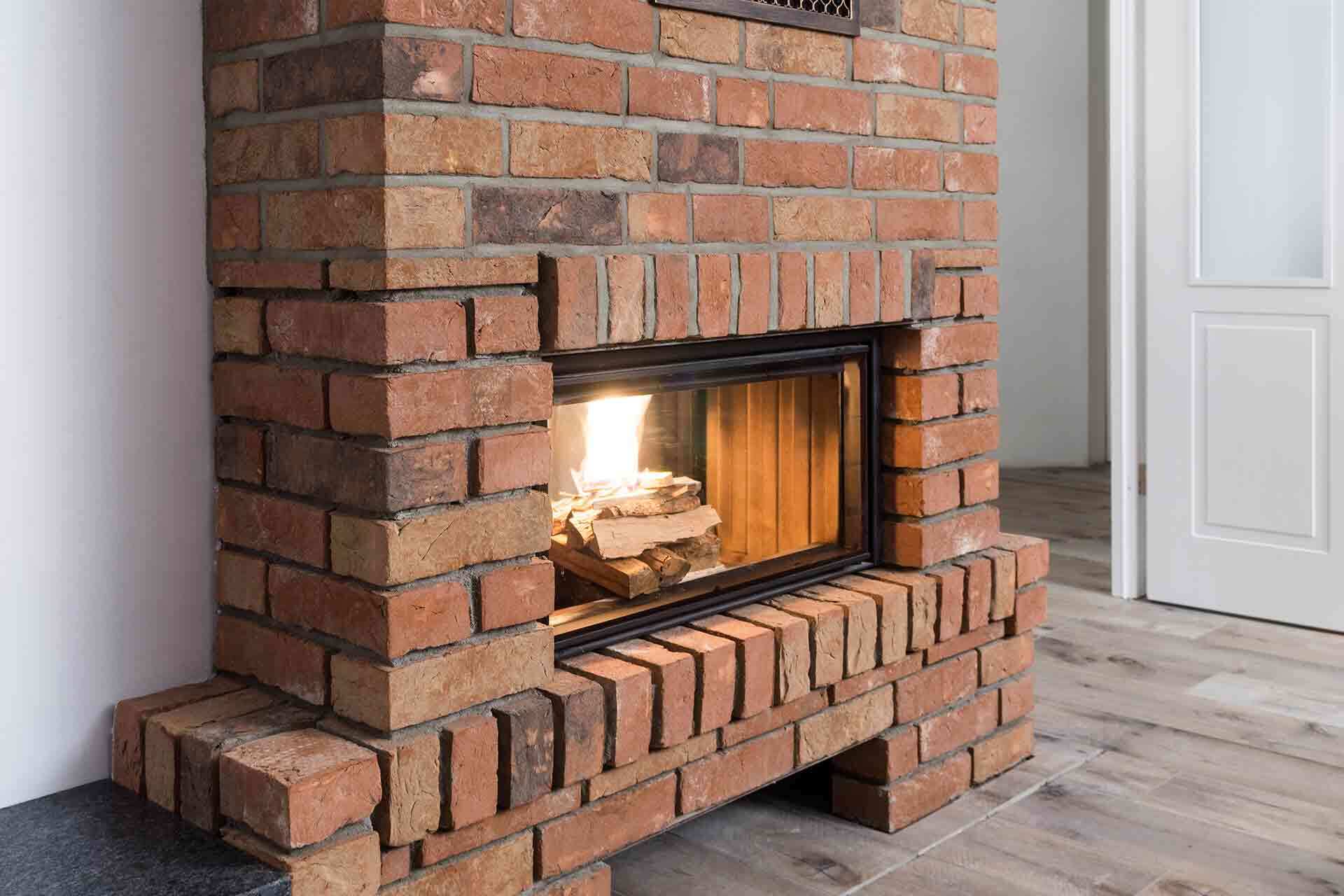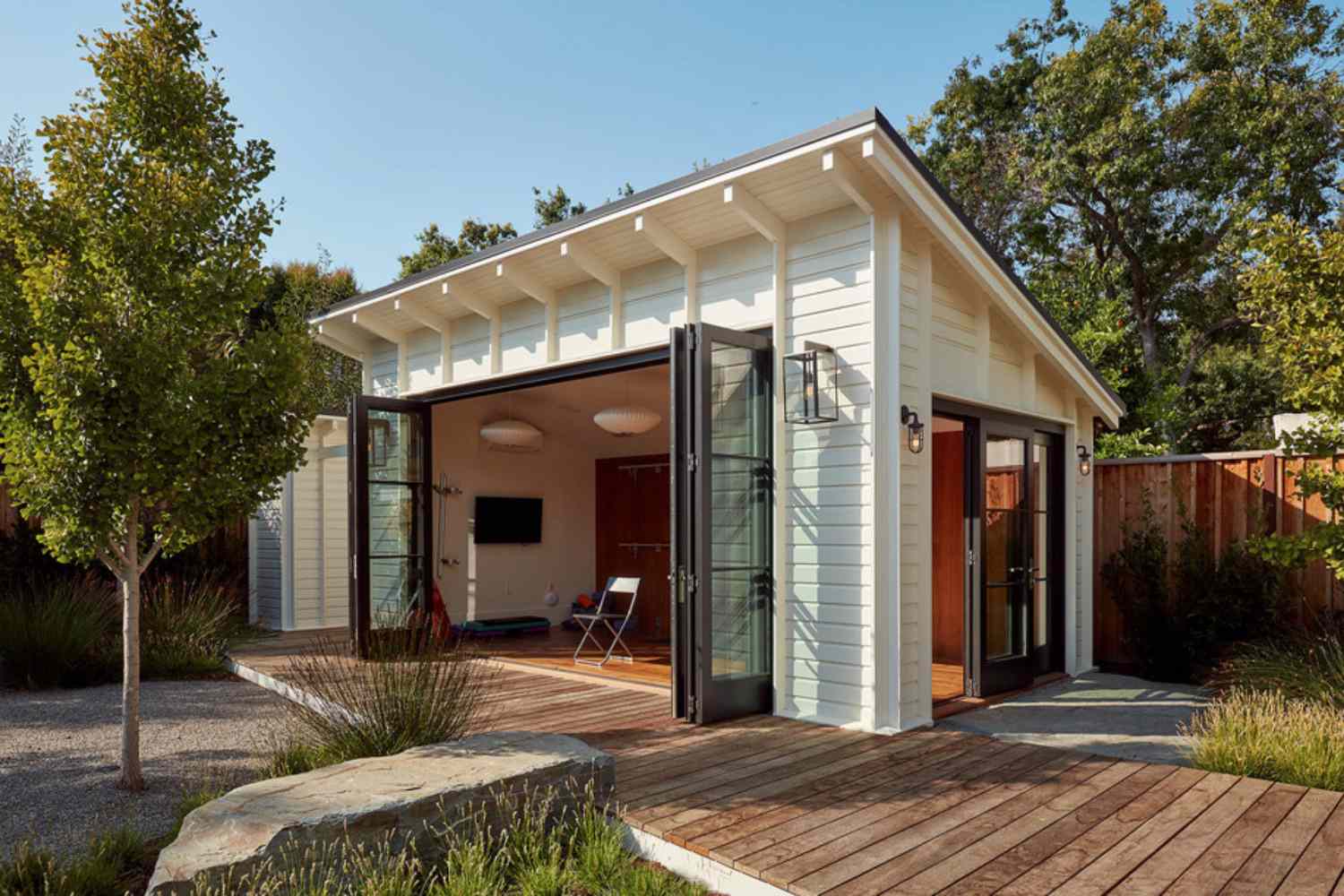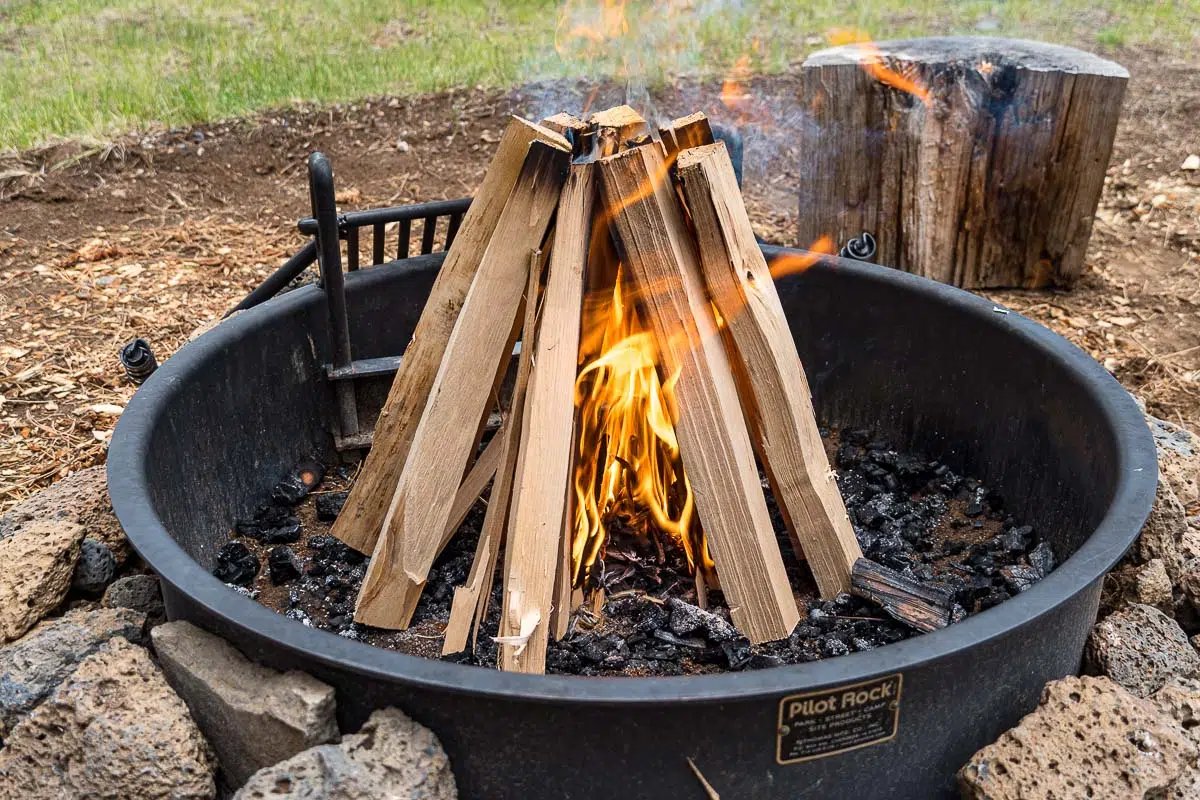Home>Create & Decorate>DIY & Crafts>How To Build An Aviary
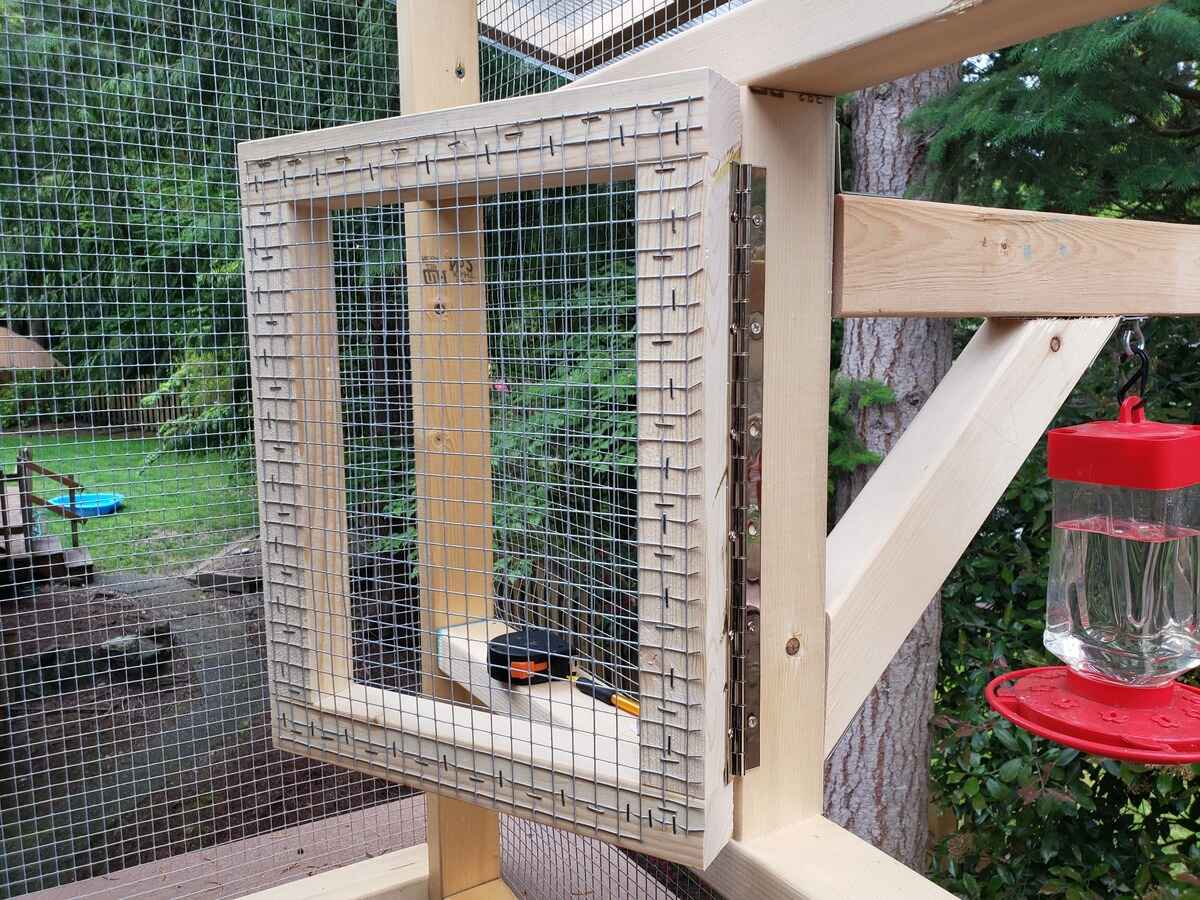

DIY & Crafts
How To Build An Aviary
Published: April 14, 2024

Content Creator specializing in woodworking and interior transformations. Caegan's guides motivate readers to undertake their own projects, while his custom furniture adds a personal touch.
Discover step-by-step instructions for building your own aviary with our DIY & Crafts guide. Create a safe and comfortable space for your feathered friends. Start your project today!
(Many of the links in this article redirect to a specific reviewed product. Your purchase of these products through affiliate links helps to generate commission for Twigandthistle.com, at no extra cost. Learn more)
Introduction
So, you've decided to build an aviary? That's fantastic! Whether you're a bird enthusiast or simply want to create a beautiful outdoor space for your feathered friends, building an aviary can be a rewarding and enjoyable DIY project. In this guide, we'll walk you through the steps to create a safe and comfortable home for your birds. From choosing the right location to providing food and water stations, we've got you covered. Let's spread our wings and get started on this exciting journey of building an aviary!
Read more: How To Build A Coffin
Choosing the Right Location
When it comes to building an aviary, selecting the right location is crucial for the well-being of your feathered friends. Here are some key factors to consider when choosing the perfect spot for your aviary:
-
Sunlight and Shade: Ensure that the location receives a good balance of sunlight and shade throughout the day. Birds need sunlight for warmth and vitamin D, but they also require shaded areas to retreat from the heat.
-
Protection from Predators: Look for a location that can be easily secured to protect your birds from potential predators such as cats, raccoons, and birds of prey. Consider installing a sturdy fence or positioning the aviary near a building for added protection.
-
Accessibility: Choose a location that is easily accessible for cleaning, feeding, and monitoring the birds. This will make maintenance tasks more convenient and enjoyable.
-
Ventilation: Adequate airflow is essential for the health of your birds. Avoid placing the aviary in a location that is prone to stagnant air or strong, constant winds.
-
Noise and Disturbance: Consider the surrounding environment and try to minimize potential sources of noise and disturbance. Birds can be sensitive to loud noises and constant commotion, so a peaceful location is ideal.
By carefully considering these factors, you can select a location that provides a safe, comfortable, and enjoyable environment for your avian companions.
Designing the Aviary
Designing the aviary is a crucial step in creating a safe and comfortable habitat for your birds. Here are some key considerations to keep in mind as you plan the design of your aviary:
-
Size and Shape: The size and shape of the aviary will depend on the number and species of birds you plan to house. A larger aviary allows for more freedom of movement and encourages natural behaviors. Consider the flying patterns of the birds and ensure that the aviary provides ample space for them to spread their wings.
-
Structural Integrity: The aviary should be structurally sound and able to withstand the elements. Choose durable materials for the frame and mesh or wire for the walls and roof. Ensure that the aviary is securely anchored to the ground to prevent tipping or damage in strong winds.
-
Environmental Enrichment: Incorporate elements that mimic the birds' natural habitat, such as branches, perches, and natural foliage. These features provide mental stimulation and encourage physical activity. Additionally, consider adding hiding spots and sheltered areas for the birds to feel secure.
-
Accessibility: Design the aviary with easy access points for cleaning, maintenance, and bird care. Consider including a door wide enough for a wheelbarrow or cart to enter for efficient cleaning and landscaping.
-
Aesthetic Appeal: While functionality is paramount, don't overlook the visual appeal of the aviary. Incorporate landscaping elements, such as plants and flowers, to create a visually pleasing environment for both the birds and yourself.
-
Climate Control: Depending on your location, you may need to consider climate control features such as shade cloth, misters, or heaters to ensure that the birds are comfortable in all weather conditions.
By carefully considering these factors, you can design an aviary that provides a safe, stimulating, and aesthetically pleasing environment for your feathered companions.
Selecting Materials
Selecting the right materials is essential for constructing a durable and bird-friendly aviary. Here are some key considerations when choosing materials for your aviary:
-
Frame: Opt for a sturdy and weather-resistant material for the frame, such as pressure-treated lumber, PVC, or metal. Ensure that the material is capable of supporting the weight of the mesh or wire that will enclose the aviary.
-
Mesh or Wire: The material used for the walls and roof of the aviary should provide adequate ventilation and security. Welded wire mesh or hardware cloth with small openings is ideal for preventing predators from accessing the aviary while allowing sunlight and fresh air to enter.
-
Roofing: Select a roofing material that offers protection from the elements, such as rain and intense sunlight. Corrugated plastic panels or metal roofing sheets are durable options that provide shelter without blocking natural light.
-
Perches and Nesting Boxes: When choosing materials for perches and nesting boxes, opt for natural wood branches and untreated lumber. These materials provide a comfortable and natural surface for the birds to perch on and nest in.
-
Fasteners and Hardware: Use rust-resistant screws, nails, and hardware to assemble the aviary. Stainless steel or galvanized hardware is recommended to prevent corrosion and ensure the structural integrity of the aviary.
-
Finishing Touches: Consider adding finishing touches such as non-toxic paint or wood sealant to protect the materials from weathering and prolong the lifespan of the aviary.
By carefully selecting high-quality and bird-safe materials, you can ensure that your aviary is not only durable and secure but also provides a comfortable and natural environment for your feathered friends.
Constructing the Aviary
Constructing the aviary is an exciting phase that brings your plans to life. Here's a step-by-step guide to help you build a sturdy and bird-friendly aviary:
-
Prepare the Site: Clear the chosen location of any debris, rocks, or uneven surfaces. Level the ground to ensure a stable foundation for the aviary.
-
Build the Frame: Using the selected sturdy materials, construct the frame of the aviary according to the predetermined design and dimensions. Ensure that the frame is securely anchored to the ground to prevent shifting or instability.
-
Install the Walls and Roof: Once the frame is in place, attach the mesh or wire to form the walls and roof of the aviary. Ensure that the mesh is tightly secured to prevent any potential entry points for predators.
-
Add Access Points: Install a secure door or entry point that allows easy access for cleaning, maintenance, and bird care. Consider adding locks or latches to prevent unauthorized entry.
-
Secure the Roofing: If using roofing material, securely attach it to the frame to provide shelter from the elements. Ensure that the roofing material is weather-resistant and capable of withstanding wind and rain.
-
Inspect for Safety: Thoroughly inspect the aviary for any sharp edges, protruding wires, or potential hazards that could harm the birds. Make any necessary adjustments to ensure a safe environment.
-
Test Stability: Test the stability of the aviary by gently shaking the structure. Ensure that it is firmly anchored and does not wobble or sway excessively.
-
Landscaping and Enrichment: Once the basic structure is in place, consider adding natural elements such as branches, perches, and nesting boxes to enrich the environment for the birds. Incorporate plants and foliage to create a more natural and visually appealing habitat.
-
Final Touches: Add any finishing touches such as paint or wood sealant to protect the materials from weathering and enhance the overall appearance of the aviary.
By following these steps, you can construct a well-built and secure aviary that provides a comfortable and stimulating environment for your avian companions.
Read more: How To Build A Kite
Adding Perches and Nesting Boxes
Adding perches and nesting boxes to your aviary is essential for creating a natural and comfortable environment for your birds. Here's how to incorporate these features effectively:
-
Perches: Provide a variety of natural wood branches of different diameters and textures for the birds to perch on. These perches should be placed at varying heights and positions within the aviary to encourage natural movement and exercise. Ensure that the branches are securely anchored to prevent any wobbling or instability. Avoid using treated or toxic wood, as it can be harmful to the birds.
-
Nesting Boxes: Depending on the species of birds you plan to house, consider adding nesting boxes to provide a safe and secluded space for breeding and nesting. Research the specific requirements for nesting boxes based on the species of birds in your aviary. The boxes should be placed in quiet and sheltered areas to provide privacy for the nesting birds. Use untreated wood and ensure that the boxes are well-ventilated and easily accessible for monitoring and maintenance.
-
Natural Foliage: Incorporating live or artificial foliage within the aviary can provide additional shelter and hiding spots for the birds. Live plants can also contribute to a more natural and visually appealing environment. Ensure that any live plants are non-toxic to the birds and are suitable for the aviary's climate and lighting conditions.
-
Enrichment: Consider adding additional elements such as hanging toys, swings, and ladders to provide mental stimulation and physical activity for the birds. These enrichment features can help prevent boredom and encourage natural behaviors.
By carefully planning and incorporating perches, nesting boxes, and other enrichment features, you can create a stimulating and comfortable habitat that promotes the well-being and natural behaviors of your feathered companions.
Providing Food and Water Stations
When it comes to caring for birds in an aviary, providing adequate food and water stations is essential for their health and well-being. Here's how to set up food and water stations effectively:
Food Stations
-
Selection of Feeders: Choose feeders that are suitable for the species of birds in your aviary. Different types of feeders, such as hopper feeders, tray feeders, and tube feeders, cater to various feeding preferences and behaviors of birds. Ensure that the feeders are durable and easy to clean.
-
Placement: Position the feeders at varying heights and locations within the aviary to accommodate different bird species and to prevent overcrowding. Placing feeders in sheltered areas can also protect the food from the elements and reduce waste.
-
Food Variety: Offer a diverse range of bird-friendly foods, including seeds, pellets, fruits, and vegetables. Research the dietary requirements of the specific bird species in your aviary to ensure that their nutritional needs are met.
-
Regular Refilling: Check and refill the feeders regularly to ensure that the birds have a constant supply of fresh food. Monitoring the food consumption can also help you gauge the birds' appetite and detect any changes in their feeding behavior.
Water Stations
-
Types of Waterers: Select waterers that are suitable for the size and number of birds in the aviary. Options include open dishes, water dispensers, and bird baths. Ensure that the waterers are shallow to prevent accidental drowning and are easy to clean and refill.
-
Multiple Locations: Place water stations in different areas of the aviary to ensure that all birds have easy access to clean water. Consider placing waterers at ground level and at elevated positions to accommodate different bird species.
-
Clean Water: Regularly clean and replace the water to prevent contamination and the growth of harmful bacteria. Birds require access to clean, fresh water for drinking and bathing, so maintaining water quality is crucial for their health.
-
Monitoring: Keep an eye on the water levels and quality to ensure that the birds have an adequate supply of water at all times. In hot weather, check the water stations more frequently to prevent dehydration.
By setting up well-planned food and water stations, you can ensure that the birds in your aviary have access to a nutritious diet and clean water, promoting their overall health and vitality.
Read more: How To Build A Pond
Maintaining the Aviary
Maintaining the aviary is crucial for the health and well-being of the birds and the longevity of the structure. Here are essential maintenance tasks to keep your aviary in top condition:
-
Regular Cleaning: Establish a routine for cleaning the aviary, including removing droppings, replacing soiled bedding, and scrubbing perches and feeding stations. Regular cleaning helps prevent the buildup of bacteria and parasites, promoting a hygienic environment for the birds.
-
Inspecting Structural Integrity: Periodically inspect the aviary for any signs of wear, damage, or rust. Check the integrity of the frame, mesh, and roofing to ensure that the structure remains secure and predator-proof. Address any issues promptly to maintain a safe and stable environment for the birds.
-
Trimming Vegetation: If your aviary includes live plants or foliage, regularly trim and maintain them to prevent overgrowth and ensure that they do not obstruct pathways or access points. Prune any branches that may pose a hazard to the birds or compromise the security of the aviary.
-
Monitoring for Pests: Keep an eye out for signs of pests such as mites, flies, or rodents. Implement pest control measures as needed to protect the birds from infestations and to maintain a healthy and comfortable environment.
-
Weatherproofing: As seasons change, assess the aviary's readiness for different weather conditions. Ensure that the roofing and sheltered areas provide adequate protection from rain, wind, and extreme temperatures. Make any necessary adjustments to enhance the aviary's weather resistance.
-
Health Checks for Birds: Regularly observe the behavior and condition of the birds to detect any signs of illness or distress. Promptly address any health concerns and seek veterinary care if needed. Maintaining a vigilant eye on the birds' well-being is essential for early intervention and disease prevention.
-
Maintaining Enrichment: Refresh and rotate enrichment features such as toys, perches, and nesting materials to keep the birds mentally stimulated and engaged. Providing a stimulating environment contributes to the birds' overall happiness and well-being.
-
Documenting Observations: Keep a log of maintenance activities, observations of bird behavior, and any notable changes in the aviary environment. This documentation can help track patterns, identify potential issues, and inform future maintenance and improvements.
By staying proactive and consistent with maintenance tasks, you can ensure that your aviary remains a safe, clean, and enriching habitat for your feathered companions. Regular care and attention contribute to the well-being of the birds and the enjoyment of your aviary for years to come.
Conclusion
In conclusion, building an aviary is a fulfilling endeavor that provides a safe and stimulating habitat for birds. By carefully selecting the location, designing the structure, choosing the right materials, and implementing maintenance practices, you can create an aviary that promotes the well-being and natural behaviors of your feathered friends. Remember to prioritize safety, comfort, and enrichment when planning and constructing your aviary. With proper care and attention, your aviary can become a thriving sanctuary for birds, offering you the joy of observing their natural behaviors and fostering a deeper connection with nature. So, roll up your sleeves, spread your wings, and embark on the rewarding journey of building and maintaining an aviary that both you and your avian companions will cherish.


